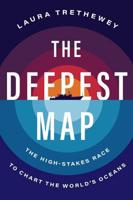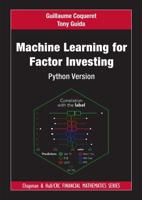Publisher's Synopsis
I first became interested in the methods of planning the sequence and timing of jobs on large-scale development projects, as a field officer involved in planning and implementing mechanised farming schemes in Uganda in the mid-sixties. This interest was reinforced by experience of agro-industrial projects in both Nigeria and Iran, when it became obvious that the lax traditional methods of both planning and controll- ing the implementation of agricultural and other rural development projects were very ineffective compared with those already in use in other disciplines. An extended spell as Resident Adviser on a World Bank project to strengthen planning and project management services in the agricultural sector in Sind Province, Pakistan, stimulated this interest further, and gave opportunities to develop the use of improved methods on some very complex schemes. This book summarises the experience gained in adapting critical path methods, well established in other fields, to Third World development projects, with their peculiar problems. It would not have been possible to reach this point without the help and stimulation of discussions with a large number of colleagues, includ- ing John Joyce (then of Hunting Technical Services), Hatsuya Azumi (World Bank), and-particularly-Zaffar Sohrwardy and Akhtar Ali of Aarkays Associates in Karachi, during our work together. My thanks are also due to Yasin Mohammed, who typed most of the original draft; Anwar Mohammed and Irene Mills for final typing; and to my wife, Jill, for drawing the original figures.










